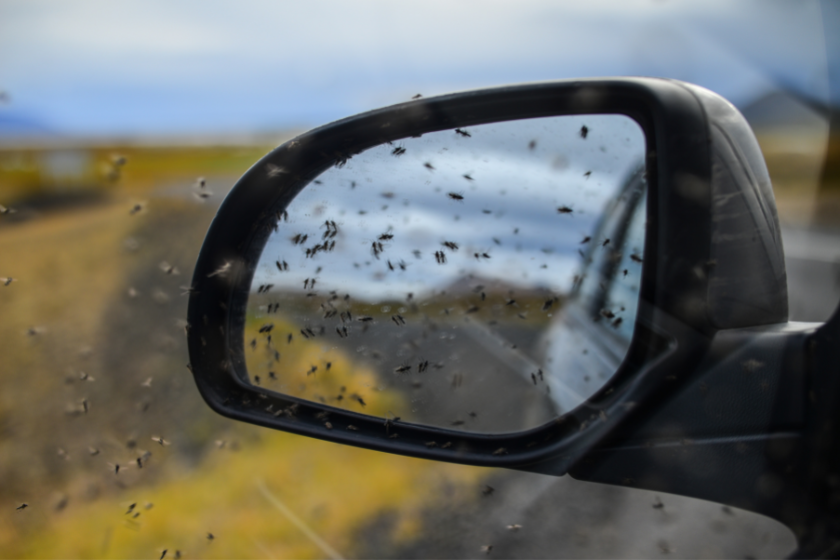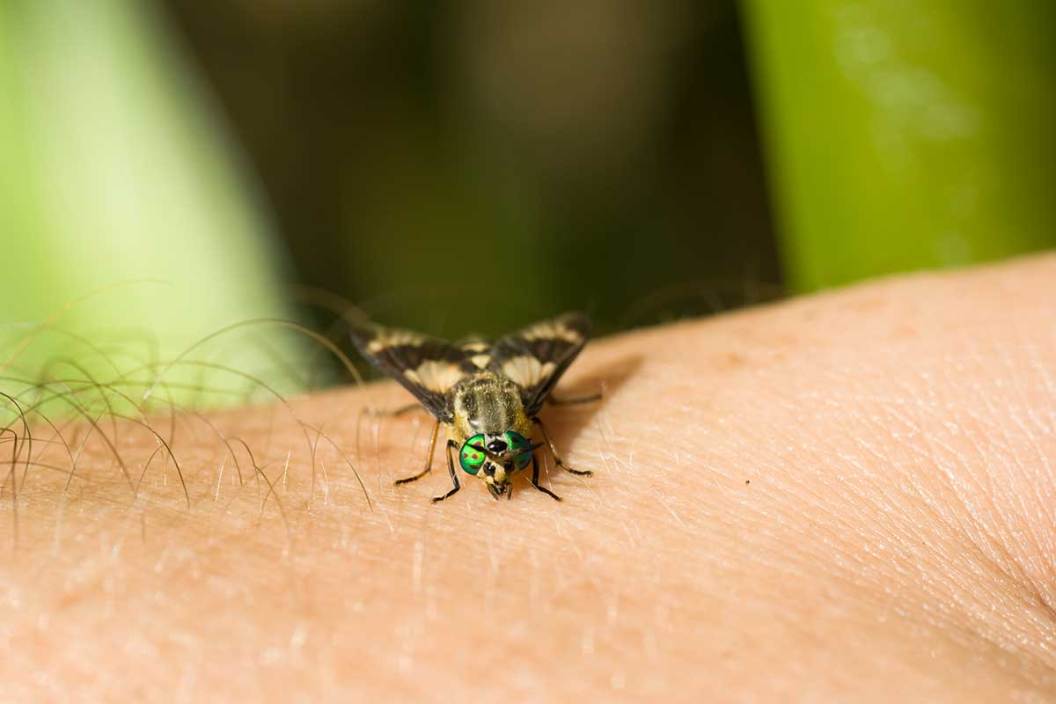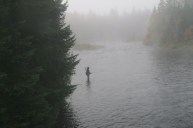Stopping biting flies is a billion-dollar business that started with the outdoorsman in mind. Sure, DEET was invented in 1946 for use in jungle warfare, but honestly, that's sometimes how we all feel when we're trying to fish or hunt during the warm weather months in bug-infested environments.
Since then, we still find ourselves fighting the good fight when it comes to stopping those darn biting flies, along with other creatures that seem to have an affinity for our blood. Any time we venture out into the woods to hunt, fish, camp, or hike, we take our chances that some of these little buggers will find us.
Luckily, we've discovered a few tricks, substances, and even mindsets that have found their way into our hearts and travel bags to keep these biting flies at bay. Often, it may seem as though these biting creatures find their way through our defenses, but we're here to help. For our purposes, we'll focus on flies with some mandibles that can cut the skin, leaving behind the mosquito (we addressed this elsewhere), which drills for our blood in a different manner.
Deer Fly

Lightwriter1949 via Getty Images
While other flies seem to get right in there and try to bite us, the deer fly has that awful resolution to buzz around our heads with a dogged determination. There is nothing quite like having a deer fly begin to swirl around you, and worse, they seem to have a knack for landing lightly, giving us no recourse until the bite is felt.
There are two pretty good ways to deal with deer flies: repel them or trap and kill them. Since they're proven to be attracted to darker colors - particularly blue - wearing light colors can help but doesn't completely stop them from finding you. I like to use a couple of repellent bands attached to the snap band at the back of my hat.
Horsefly

Juan Francisco Moreno Gamez via Getty Images
While the deerfly might be the jet fighter of the biting flies, the horsefly is the bomber. Some of them can reach a considerable size and be a little intimidating when buzzing around you. Not many biting flies have as painful of a bite as the horsefly, and they almost seem happy that they just tried to devour you.
Prevention and repellants work well, but traps are commonly found and easy to make as a DIY project, plus they work. Horseflies can be a problem around ponds and lakes, so it makes more sense for fishermen to use the right repellent.
Black Fly

Henrik_L via Getty Images
If you take a moment to search for the chemical known as DDT, you'll come up with many reasons why its horrifying side effects forced it to be permanently banned from use in 1972. But the reason for its inception? The black fly. There was a moment in our history when these biting flies were so bad that it called for extreme measures, but we know better now.
Black flies emerge in the early spring with a voracious appetite for anything that moves, and they do it in swarms. Some traps work for sure, but when it comes right down to it, the months of May and June seem to be the worst, making hardened repellents with DEET a good choice, along with light or even white clothing. Honestly, sometimes a head net in bad black fly areas provides the best protective measures.
Stable Fly

ViniSouza128 via Getty Images
Stable flies might not be an issue for some outdoorsmen, but don't tell that to campers and hikers. I camped on the dunes at Assateague Island, Maryland, a few years back to see the wild horses, and I was shocked at how many stable flies there were. Even more heinous was how fast they could inflict a bite once they've landed on you! Managing stable flies seems like a job for a dairy, some other type of livestock farmer, or anyone with barnyard animals present. Your best bet to keep them off you is with a repellent with at least some Picaridin or DEET in it. It is been studied to be only 80 percent effective, as stable flies are voracious, but it's the way to go.
Midges/No See-Ums

Pedro Carrilho via Getty Images
Small enough to enter your home right through the screen on your window, midges are generally the source of those mystery bites we get when it seems like nothing is even there. The positive part is that they are relatively easy to control by using a similar trap that removes fruit flies: a dish with half an inch of apple cider vinegar and a bit of dish soap. Small Petri-sized containers work well and can easily be set around the house or yard, and even your tent or RV. Midges are probably the least worrisome of these biting flies, but they can be a steady nuisance in some areas and have been known to transmit diseases to animals, but not humans.
There are other biting flies to be sure, but these represent the more common inhabitants of North America, and are often the species that outdoorsmen and women are forced to deal with. Trapping, prevention, and repellents are still the best options, and we've hopefully given you some insight to help fight against the biting flies of the great outdoors.
Please check out my book "The Hunter's Way" from HarperCollins. Be sure to follow my webpage or on Facebook and YouTube.
READ MORE: 8 ORGANIC MOSQUITO REPELLENTS TO BATTLE BITING BUGS




